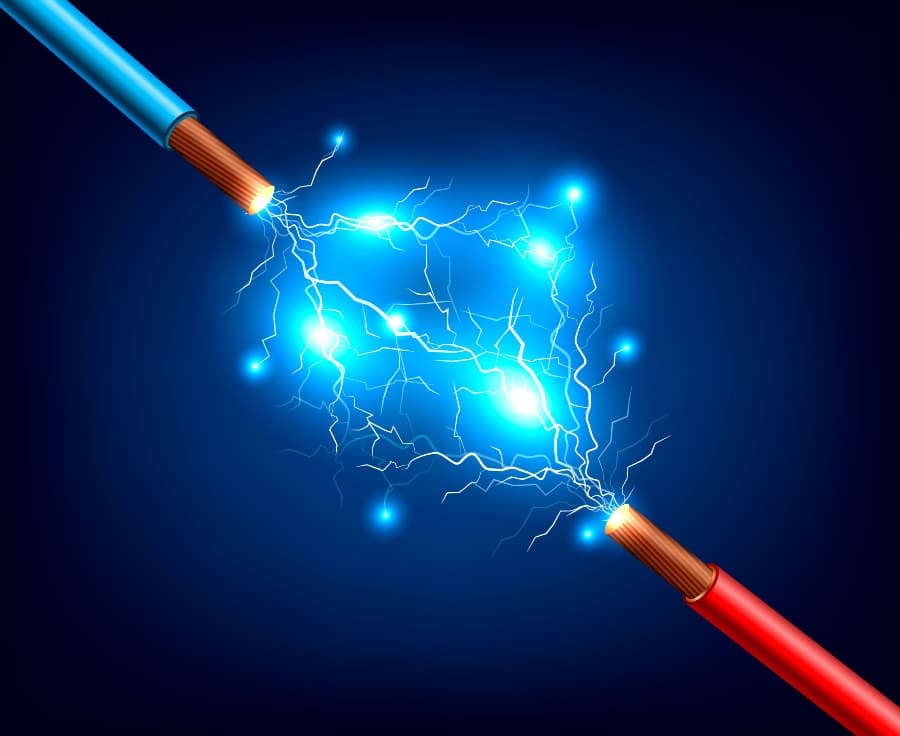
Decoding Wire Cables: Unveiling the Differences You Need to Know!
Wires and Cables
When You ask someone what is the difference between wires and cables, You are most likely to meet a confused look. Anyhow, even logically, there should be a difference between these two, as there are two terms for one object. Actually, the main difference is that the wire is a single conductor while the cable is made of two, three, or even more conductors. Around the conductors, there is an insulation coat.
WIRES
Wires are usually either solid or stranded, and they are widely used in everyday life, for numerous electrical purposes. Solid wire is composed of a single piece of metal wire, known as a strand. A widely known type of solid wire is known as wire wrap. Stranded wire is composed of many pieces of solid wire all bundled into one group. Stranded wires are usually more flexible than a solid wire of equal size, and as a result, they have a longer life.
CABLES
Though cable is an accessory, if the wrong cables are used, equipment may not operate correctly. Sometimes it will result in very dangerous situations. Earlier, all cables and wires were called wires, but with the development of technology, we differentiated wires and cables.
The most important advantage of cabling is that cables carry electrical pulses at lightning speed without any losses during the process. In general, cabling is done in case high speed and precision is required. Cables are classified according to the number of wires it contains and their size or gauge. All cables are marked with a series of letters followed by a number, a dash, and another number. The letters indicate the type of insulation (cord, wire, and insulation).
CABLE TYPES
Cable types are twisted pair cable, coaxial cable, multi-core cable, and fiber optic cable, USB Cables, direct-buried cable, twin-axial cable etc. Fiber optics cable is of three types such as plastic fiber, multi-mode fiber, and single mode fiber.
Plastic fiber:
is the largest one, and it is usually used in sending audio signals. For sending data, multimode fiber which is made of glass is generally used.
Mode fiber is the thinnest:
It is so thin that it can be seen with a microscope only but gives the best performance.
Multi-core cable:
This is a generic term for an electrical cable that has multiple cores made of copper wire.
Direct-buried cable:
(DBC) is a kind of communications or transmissions cable which is specially designed to be buried under the ground without any kind of extra covering, sheathing, or piping to protect it.
Twin-axial cabling:
Twinax, is a type of cable similar to coaxial cable, but with two inner conductors instead of one.
Coaxial cable:
Coax is a type of cable that has an inner conductor surrounded by a tubular insulating layer, surrounded by a tubular conducting shield. In the coaxial cable, the signal between the two conductors is not the same. Sometimes is called an unbalanced line. This leads to interference but the performance of this type of cable is more stable than twisted pair cable.
The number one thing that I was going to do is to bridge the gap